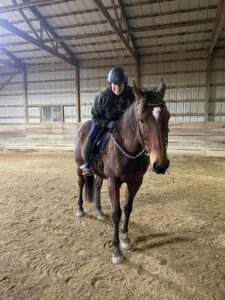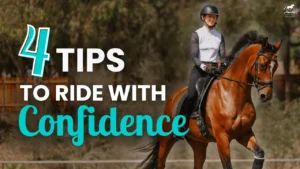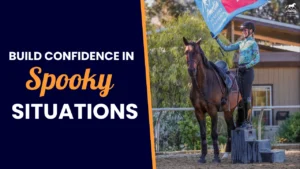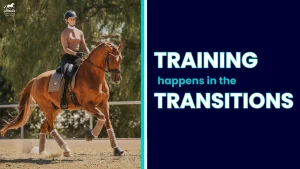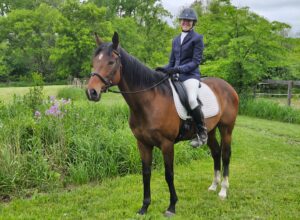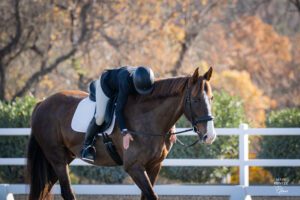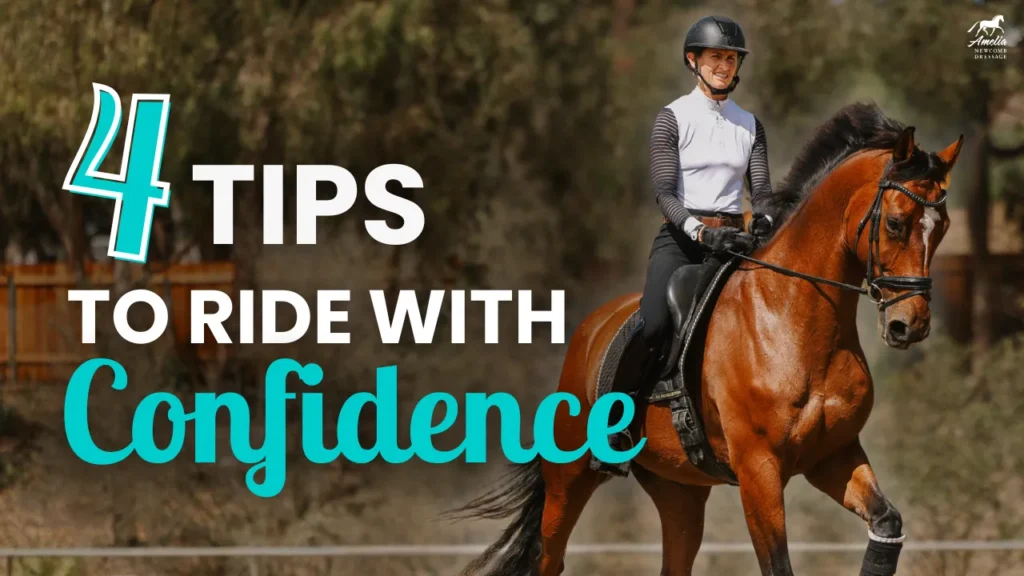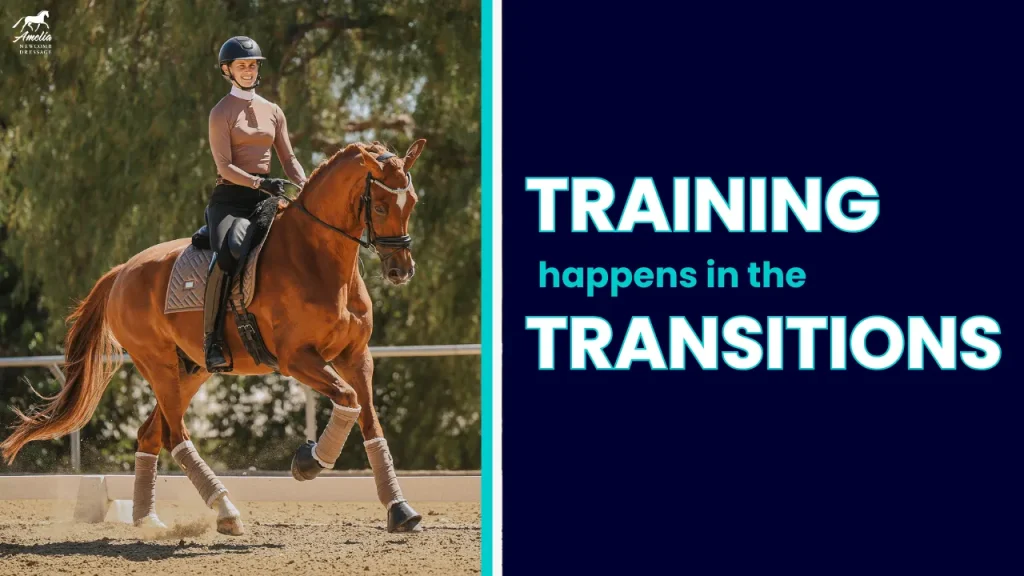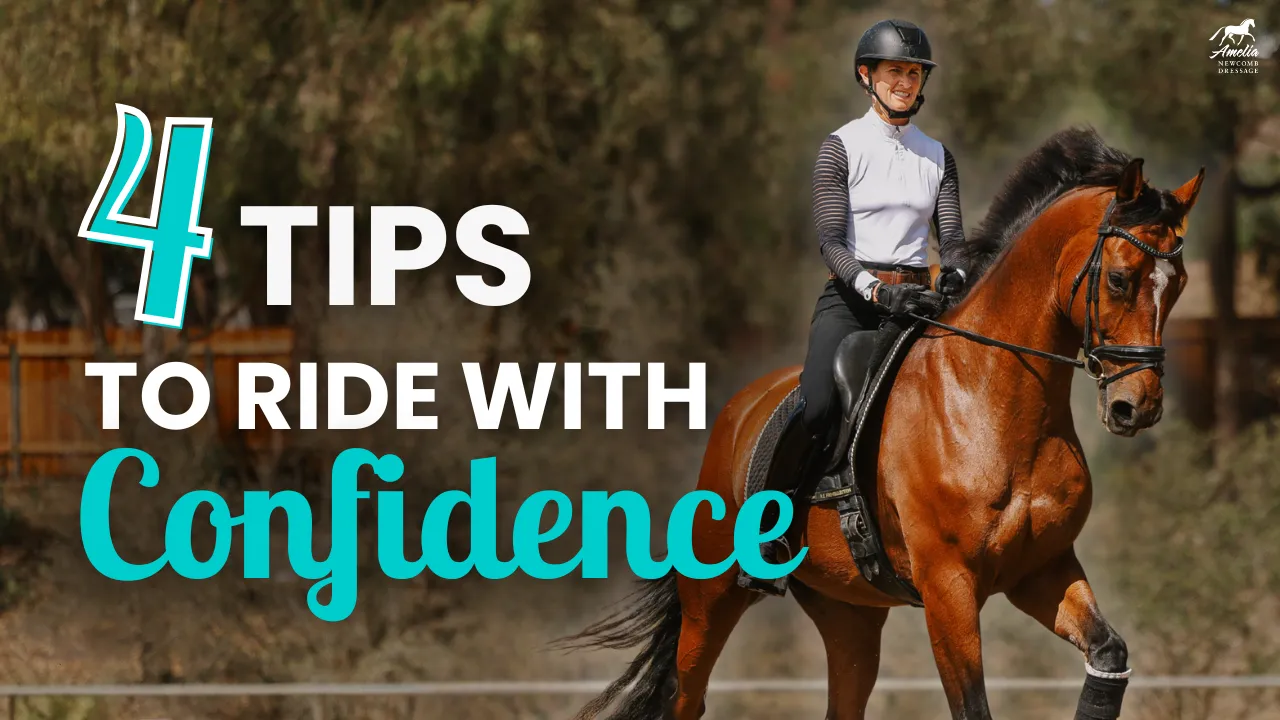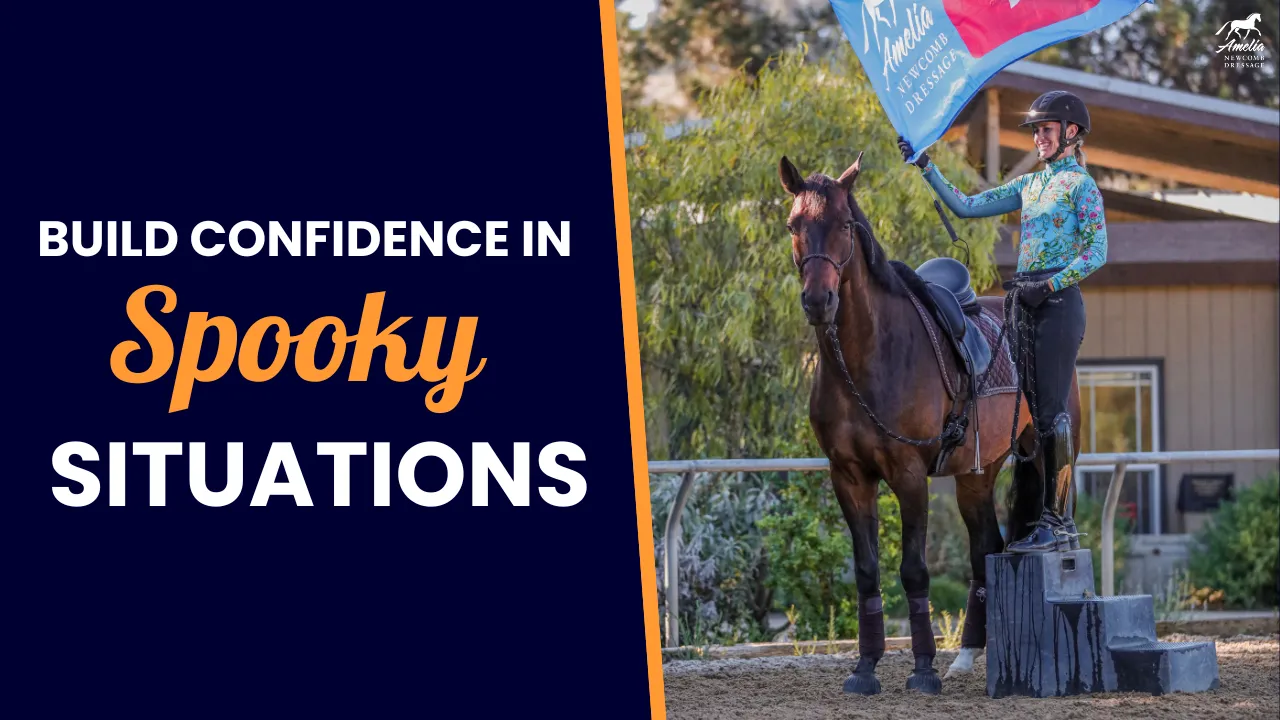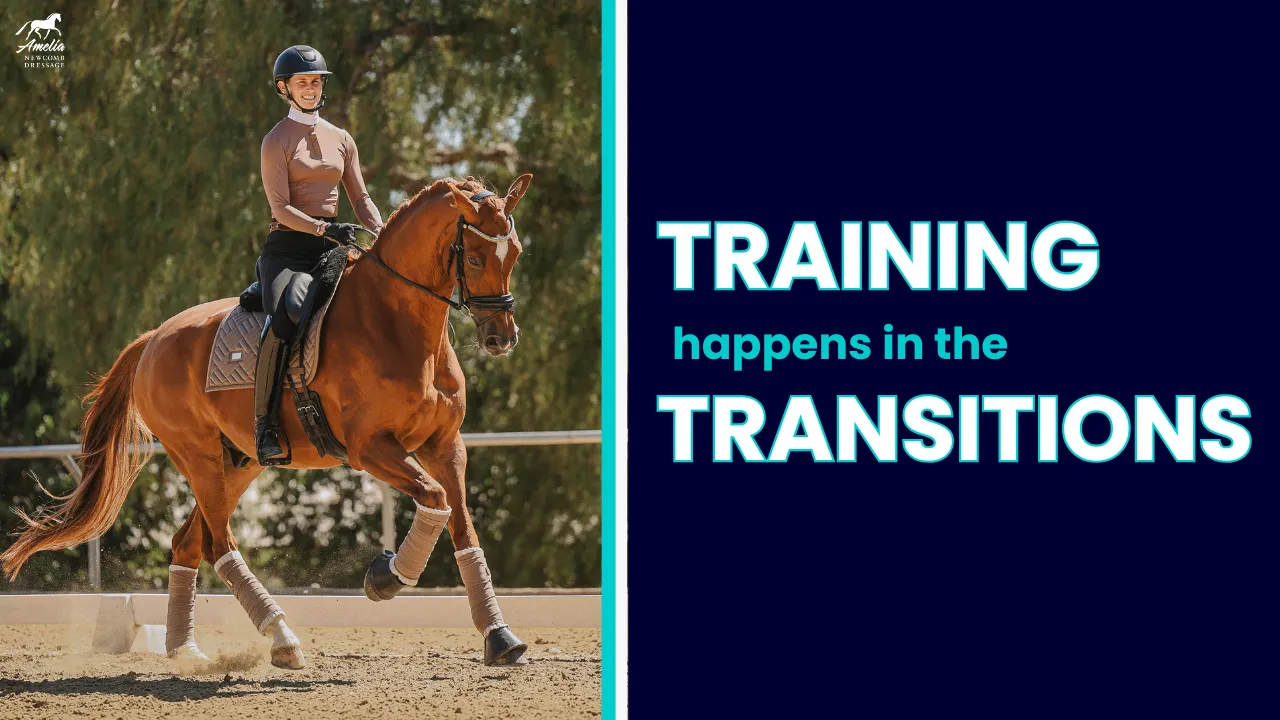If you’re not sure where to start with your rides—or things feel off—rhythm and tempo are always the right place to begin. This is especially important with green or young horses. In this video, my husband, Germán, is riding a young horse and demonstrating how to build the foundation of every good ride by focusing on rhythm and tempo.
Rhythm is the first rung of the Training Scale, and it lays the groundwork for everything else in your training. If you’re not sure where to start with your rides—or things feel off—rhythm and tempo are always the right place to begin, especially if you are riding a young or green horse. If you would like to learn more about the Training Scale and how to apply it to your riding and training, make sure to RSVP for my Free Training Scale Webinar happening this Sunday, July 20th at 12:00noon PT. Save your seat here!
Without rhythm and tempo, it’s difficult to achieve balance, connection, or suppleness. Rhythm is the regularity of the footfalls, and tempo is the speed of that rhythm. Before anything else—collection, engagement, or contact—you need a forward horse moving in a clear, consistent rhythm.
Here’s what your ride could look like, focusing on this important part of the Training Scale:
Start at the walk with a clear four-beat rhythm and forward energy, like a horse marching home after a trail ride. Keep your contact light and steady, and follow with your elbows to avoid interrupting the motion. Then move into the trot, counting 1, 2, 1, 2 to help your horse settle. Use your posting to regulate the tempo and help your horse find balance. Use changes of direction to help maintain evenness on both reins.
When the trot feels consistent, move into the canter. With young horses, don’t worry about collection—just aim for a forward, clear three-beat rhythm. Germán likes to use the Ice Cream Cone Pattern to help with straightness and balance when working on trot-canter transitions.
Throughout the ride, think forward to maintain the quality of the gait. Let your horse stretch into the walk with soft reins and marching energy. You’ll often find that the trot improves after the canter—take advantage of that by finishing on a positive note.
With a young horse, don’t complicate things. Focus on rhythm and forward energy first. Once that foundation is strong, everything else—suppleness, connection, and balance—can build on top of it. The Training Scale offers a step-by-step guide to structure your rides and troubleshoot issues. Watch the video where I am coaching Germán, and let me know if you find this helpful!
Happy Riding!
Amelia
P.S. If you’re interested in diving deeper, check out my free live webinar on the Training Scale. Whether you’re working with a green horse or an FEI horse, the Training Scale is your best tool for planning and improving your rides. RSVP for the webinar here.
